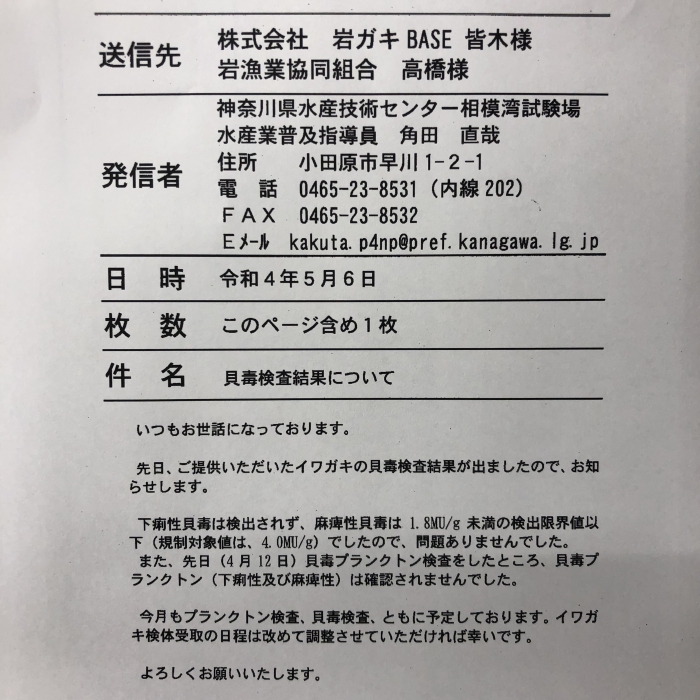For the default value 2, the test criterion is Math.abs(expected - received) < 0.005 (that is, 10 ** -2 / 2). Jest sorts snapshots by name in the corresponding .snap file. In TypeScript, when using @types/jest for example, you can declare the new toBeWithinRange matcher in the imported module like this: expect.extend({ toBeWithinRange(received, floor, ceiling) { // . When Jest is called with the --expand flag, this.expand can be used to determine if Jest is expected to show full diffs and errors. You should invoke it before you do the assertion. For example, if you want to check that a function fetchNewFlavorIdea() returns something, you can write: You could write expect(fetchNewFlavorIdea()).not.toBe(undefined), but it's better practice to avoid referring to undefined directly in your code. Use .toHaveNthReturnedWith to test the specific value that a mock function returned for the nth call. I'm using create-react-app and trying to write a jest test that checks the output of a console.log. So what *is* the Latin word for chocolate? So use .toBeNull() when you want to check that something is null. That is super freaky! You might want to check that drink gets called for 'lemon', but not for 'octopus', because 'octopus' flavour is really weird and why would anything be octopus-flavoured? You can call expect.addSnapshotSerializer to add a module that formats application-specific data structures. For example, if you want to check that a function bestDrinkForFlavor(flavor) returns undefined for the 'octopus' flavor, because there is no good octopus-flavored drink: You could write expect(bestDrinkForFlavor('octopus')).toBe(undefined), but it's better practice to avoid referring to undefined directly in your code. The root describe will always be called with the name of the component -. We take the mock data from our __mock__ file and use it during the test and the development. For the default value 2, the test criterion is Math.abs(expected - received) < 0.005 (that is, 10 ** -2 / 2). How do I remove a property from a JavaScript object? Matchers are called with the argument passed to expect(x) followed by the arguments passed to .yourMatcher(y, z): These helper functions and properties can be found on this inside a custom matcher: A boolean to let you know this matcher was called with the negated .not modifier allowing you to display a clear and correct matcher hint (see example code). This ensures the test is reliable and repeatable. It is recommended to use the .toThrow matcher for testing against errors. How to derive the state of a qubit after a partial measurement? If you know how to test something, .not lets you test its opposite. expect.objectContaining(object) matches any received object that recursively matches the expected properties. exports[`stores only 10 characters: toMatchTrimmedSnapshot 1`] = `"extra long"`; expect('extra long string oh my gerd').toMatchTrimmedInlineSnapshot(, // The error (and its stacktrace) must be created before any `await`. On Jest 15: testing toHaveBeenCalledWith with 0 arguments passes when a spy is called with 0 arguments. As it is a breaking change to change the default behaviour, is it possible to have another matcher of toHaveBeenCalledWith that could do the strict equals behaviour? // [ { type: 'return', value: { arg: 3, result: undefined } } ]. ), In order to follow the library approach, we test component B elements when testing component A. Is email scraping still a thing for spammers, Incomplete \ifodd; all text was ignored after line. expect.arrayContaining (array) matches a received array which contains all of the elements in the expected array. Any ideas why this might've been the fix/Why 'mount' is not also required for this test? How to get the closed form solution from DSolve[]? }, }); interface CustomMatchers<R = unknown> { toBeWithinRange(floor: number, ceiling: number): R; } declare global { namespace jest { That is, the expected object is a subset of the received object. Intuitive equality comparisons often fail, because arithmetic on decimal (base 10) values often have rounding errors in limited precision binary (base 2) representation. Test behavior, not implementation: Test what the component does, not how it does it. Let's say you have a method bestLaCroixFlavor() which is supposed to return the string 'grapefruit'. Although Jest always appends a number at the end of a snapshot name, short descriptive hints might be more useful than numbers to differentiate multiple snapshots in a single it or test block. Use .toBeNaN when checking a value is NaN. Is variance swap long volatility of volatility? this should be the accepted answer, as other solutions would give a false negative response on things that have already been logged, hmmm. Although Jest always appends a number at the end of a snapshot name, short descriptive hints might be more useful than numbers to differentiate multiple snapshots in a single it or test block. It's easier to understand this with an example. Also under the alias: .toThrowError(error?). How to derive the state of a qubit after a partial measurement? Do EMC test houses typically accept copper foil in EUT? Site design / logo 2023 Stack Exchange Inc; user contributions licensed under CC BY-SA. For example, let's say you have a drinkEach(drink, Array
dr stephen cabral quack
sequoyah country club dress code
counselling courses faversham


